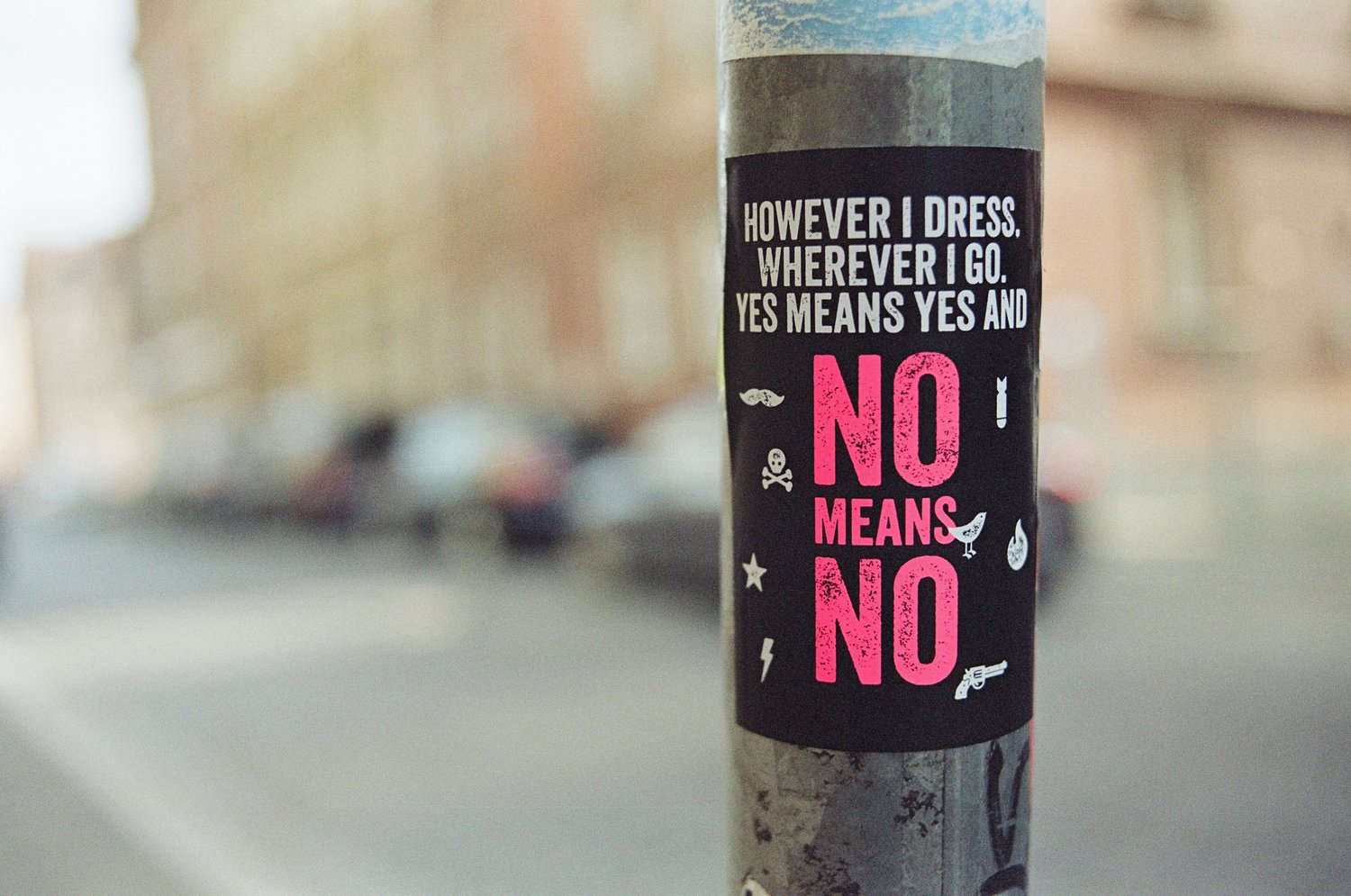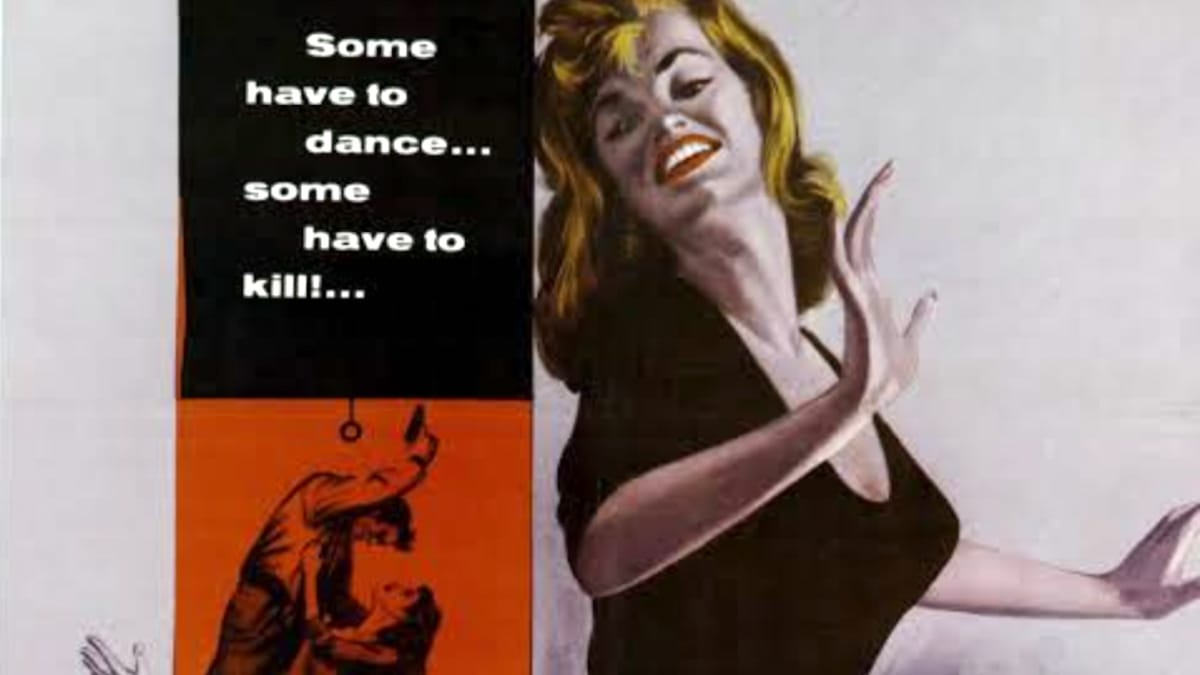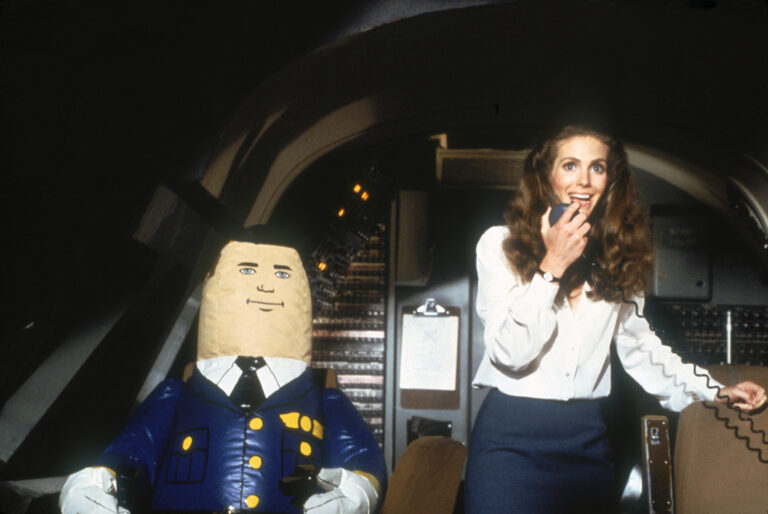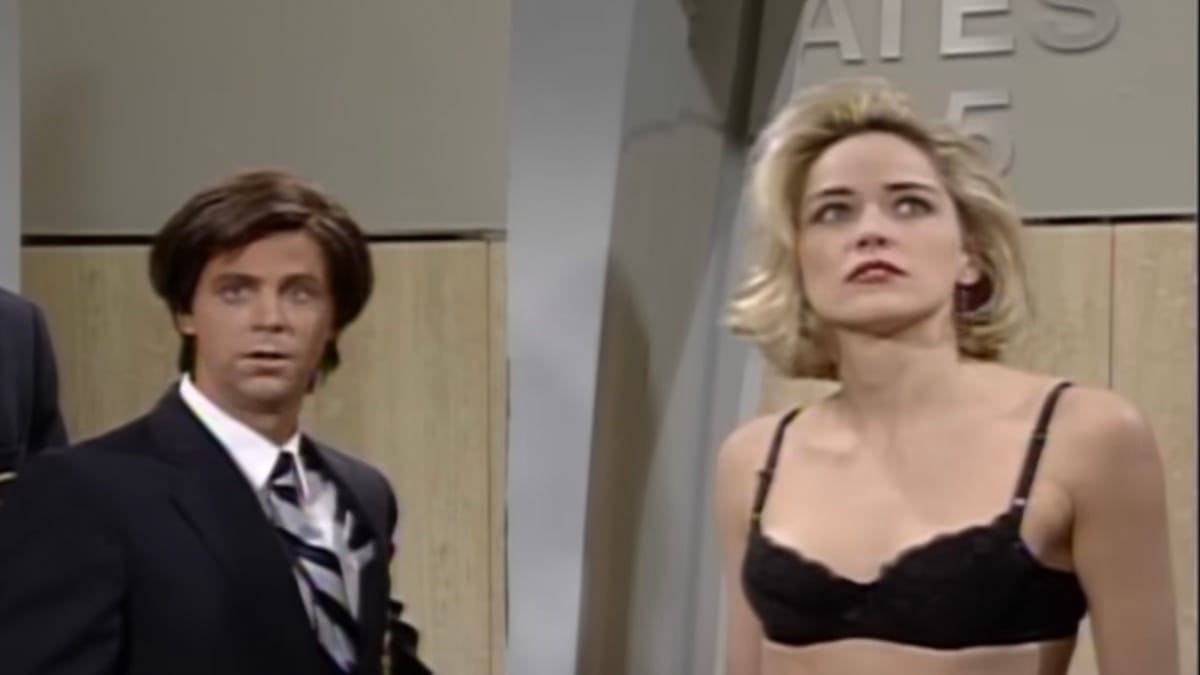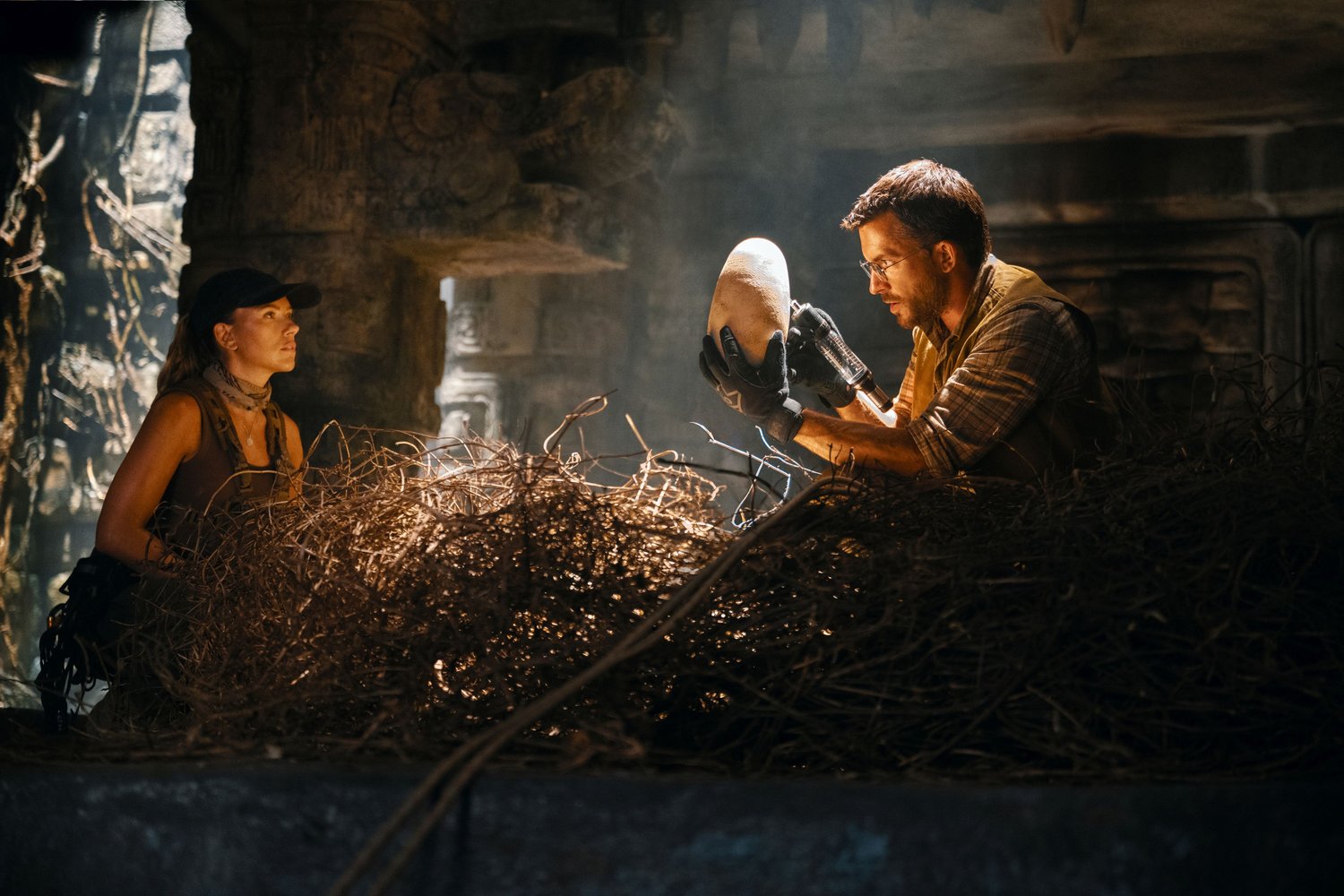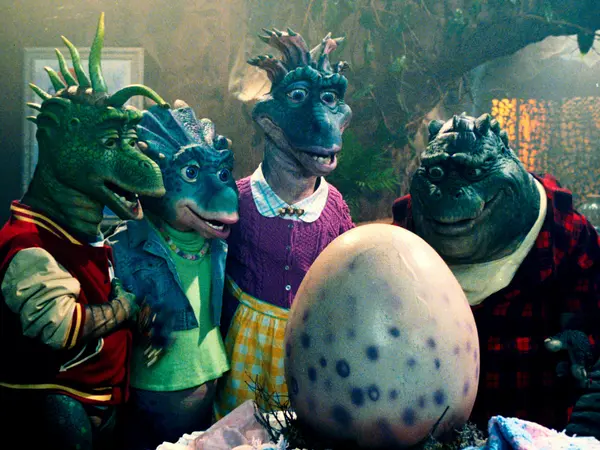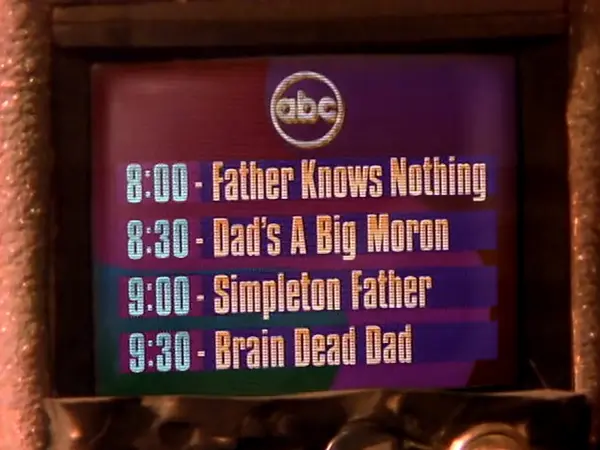Introduction
The curtain rose on a new age of Hollywood cinema in 1927, when The Jazz Singer shattered the silence of motion pictures with Al Jolson’s famous ad-lib: “You ain’t heard nothin’ yet!” That moment was more than the dawn of the ’talkies’—it heralded the maturation of Hollywood’s studio system. Cinema Scholars looks behind the curtain at the vertically integrated juggernaut that would dominate American entertainment for over a decade.
“It was a factory, yes. But what a factory—stars for assembly lines, scripts for blueprints, and dreams for exports.”
— Bette Davis, reflecting on the studio era

Between 1927 and 1939, Hollywood wasn’t just making movies—it was manufacturing a mythology. Underneath the glitter and gloss lay a ruthlessly efficient machine, run by a handful of powerful studios known as the “Big Five”: MGM, Paramount, Warner Bros., 20th Century Fox, and RKO. Together, these companies controlled production, distribution, and exhibition, ensuring that the stars on the silver screen were as carefully cultivated as the orange groves Los Angeles was paving over.
Rise of the Studio Titans
Louis B. Mayer of MGM once quipped, “I don’t make art—I make pictures to make money.” And indeed, the major studios operated like corporate kingdoms, each with its stable of stars, directors, writers, and technicians all under (or handcuffed to) long-term contracts.
MGM, the undisputed king of the 1930s, boasted “more stars than there are in heaven.” With a house style that emphasized glamour and polish, it churned out hits like Grand Hotel (1932), The Thin Man (1934), and The Wizard of Oz (1939). Meanwhile, Warner Bros. cultivated a grittier image, favoring gangster films and socially conscious dramas like The Public Enemy (1931) and I Am a Fugitive from a Chain Gang (1932).
Behind every star was a carefully maintained image, orchestrated by publicists and studio heads alike. Judy Garland was the girl next door. Greta Garbo was the elusive goddess. Clark Gable was the King of Hollywood. Scandals were buried, teeth were capped, and waistlines were cinched.

Talkie Revolution and Artistic Shifts
The transition to sound sent shockwaves through the industry. Silent film stars like John Gilbert and Clara Bow saw careers falter, while new voices—literally and figuratively—rose to prominence. Technological changes forced studios to reinvest in equipment, rewrite production norms, and retrain actors and directors for a medium where voice and dialogue now mattered.
Yet the upheaval brought creative breakthroughs. Directors like Ernst Lubitsch and Frank Capra harnessed the power of sound to explore new genres. Capra’s It Happened One Night (1934) helped establish the screwball comedy, while Lubitsch’s Trouble in Paradise (1932) showcased the sophisticated wit that defined pre-Code Hollywood.
Production Code and the Morality Police
By 1934, under intense pressure from religious groups as well as conservative watchdogs, the Motion Picture Production Code—commonly known as the Hays Code—was fully enforced. Overseen by Joseph Breen, the Code clamped down on depictions of sex, crime, and anything resembling social subversion.
Gone were the risqué innuendos of Mae West. In came the moral rectitude of wholesome family fare. Yet even within these constraints, filmmakers inevitably found creative ways to push boundaries. Gone with the Wind (1939), with its fiery heroine and burning Atlanta, danced on the edge of controversy.
“We had to say everything without saying anything at all. That was the art.”
— Ernst Lubitsch, on working under the Code

The Star Machine in Full Swing
The studio system’s most potent invention was the star. The studios discovered talent, gave them new fabricated names (Archibald Leach became Cary Grant), shaped their public personas, and sometimes orchestrated their personal lives. Actors like Bette Davis battled studio control fiercely. Davis once stated:
“Until you’re known in my profession as a monster, you’re not a star”
Davis fought Warner Bros. in court for the right to reject roles—though she lost the case, she won something more valuable: respect. Her performances in Jezebel (1938) and Dark Victory (1939) cemented her place among the elite.
The Business of Dreams
The Depression did little to stop the march of movies. Hollywood thrived. Films were cheap escapism for the public and big business for the studios. In 1939—the year often considered the greatest in Hollywood history—audiences were treated to The Wizard of Oz, Gone with the Wind, Mr. Smith Goes to Washington, Stagecoach, Ninotchka, and Wuthering Heights.
The year truly symbolized the zenith of the Hollywood studio system. It was the end of the beginning. War loomed. Television whispered on the horizon. And antitrust lawyers were sharpening their knives.

A Machine Facing Its Reckoning
Though the studio system would survive the next decade, its foundations had been laid bare. In 1938, the U.S. government filed an antitrust suit against the Big Five and the Little Three (Universal, Columbia, and United Artists), challenging their monopolistic grip. The eventual Paramount Decree of 1948 would dismantle vertical integration, but the seeds were sown in the late ’30s.
Still, in those heady years between 1927 and 1939, Hollywood stood as a glittering empire—a blend of artistry, industry, and illusion. It was a dream factory, yes. But what dreams.
“They owned everything: the cameras, the theaters, even the lives of the people in the pictures. But they gave us magic, too.”
— Olivia de Havilland
Top Milestones in the Studio Era (1927–1939)
- 1927 – The Jazz Singer premieres, introducing synchronized sound to film.
- 1929 – The first Academy Awards are held; Wings wins Best Picture.
- 1930 – Hays Code introduced (but not enforced until 1934).
- 1934 – Enforcement of the Production Code begins under Joseph Breen.
- 1935 – Merger of Fox Film and Twentieth Century Pictures forms 20th Century-Fox.
- 1938 – The U.S. government files antitrust suit against major studios.
- 1939 – Peak year of Hollywood’s Golden Age with Gone with the Wind and The Wizard of Oz
Join us for Part 2, 1939–1945…and Hollywood at War!
If You Enjoyed This Article, We Recommend:
The Rise and Fall of the Brown Derby (Click Here)
Agua Caliente: Old Hollywood’s Mexican Monte Carlo (Click Here)
The Celebrity-Owned Restaurants of Old Hollywood (Click Here)
Keep up with Cinema Scholars on social media. Like us on Facebook, subscribe on YouTube, and follow us on Twitter, Threads, Instagram, and Bluesky
Related
